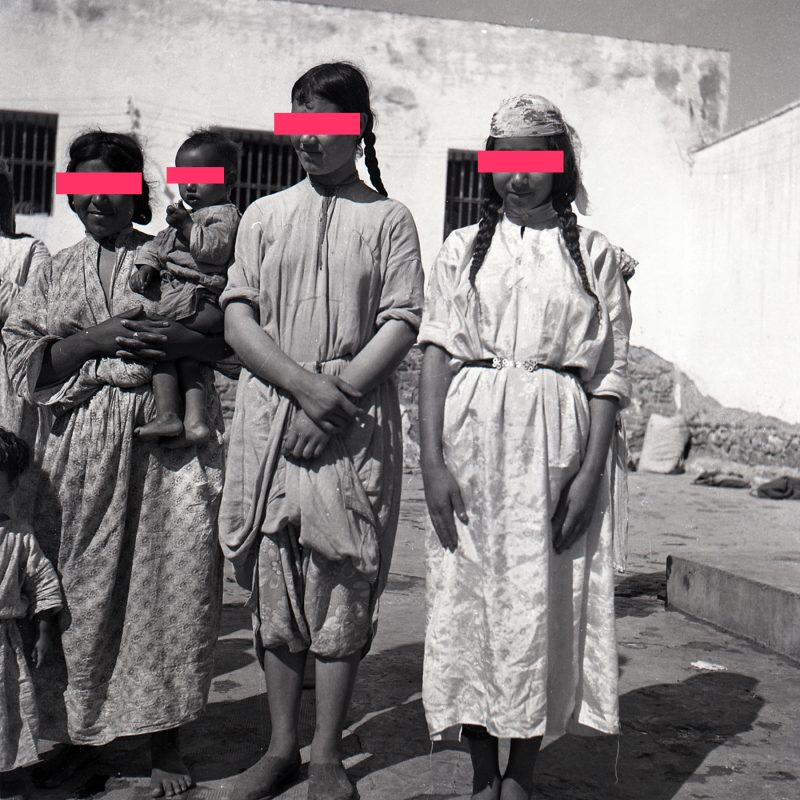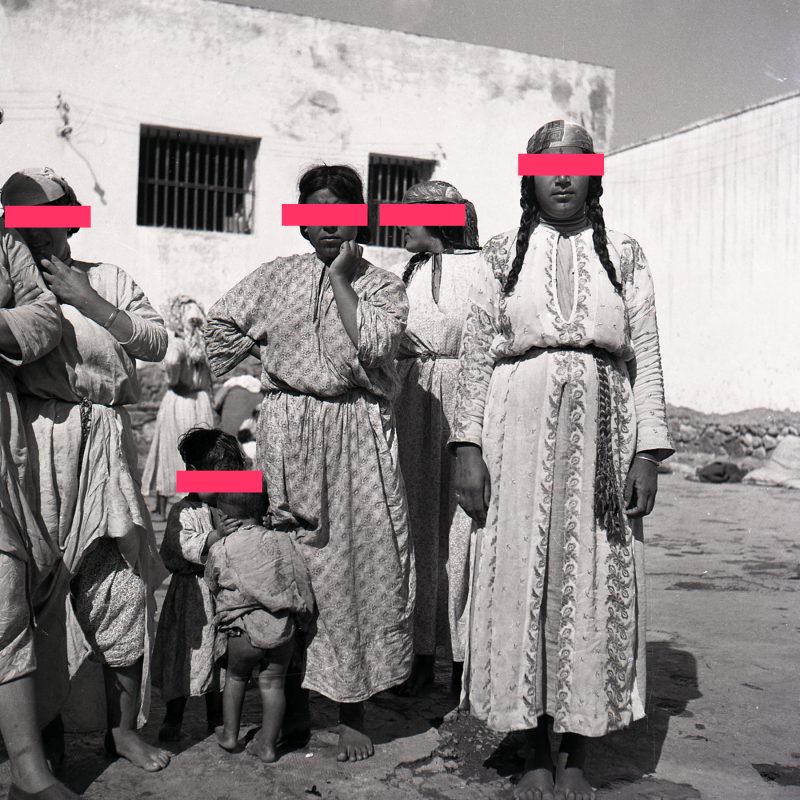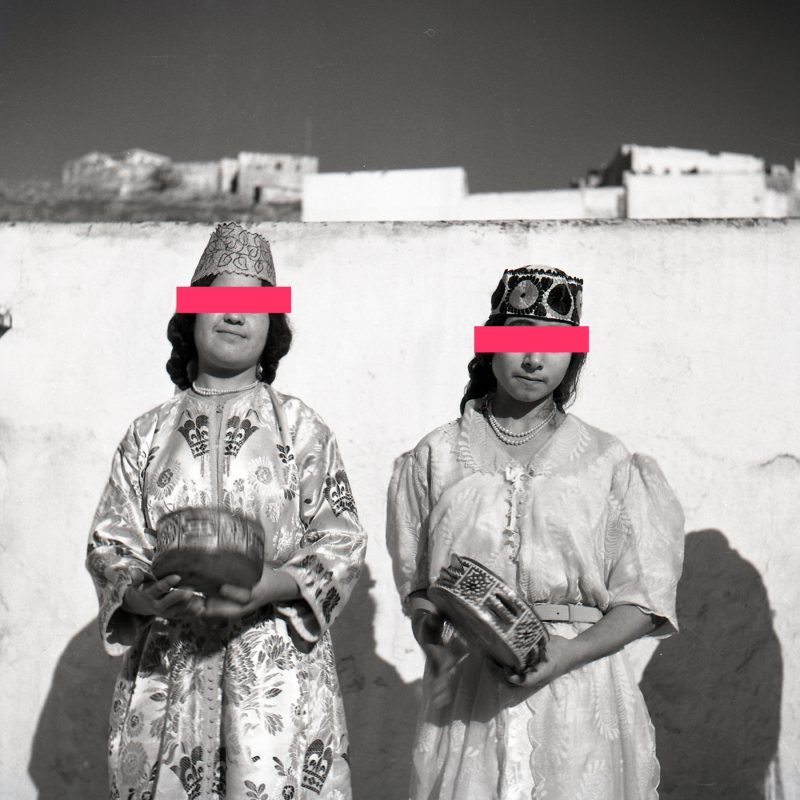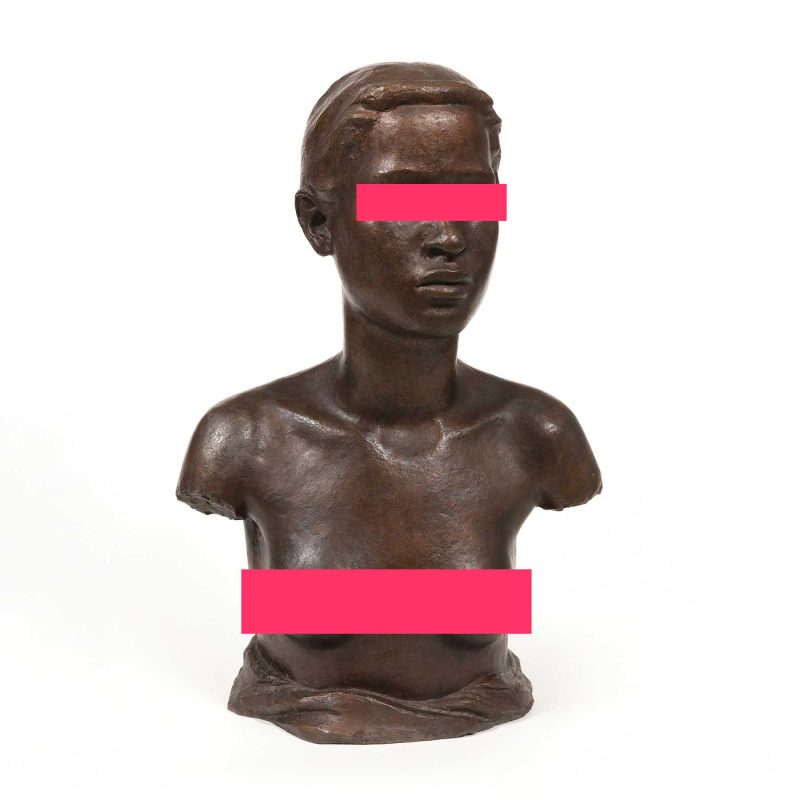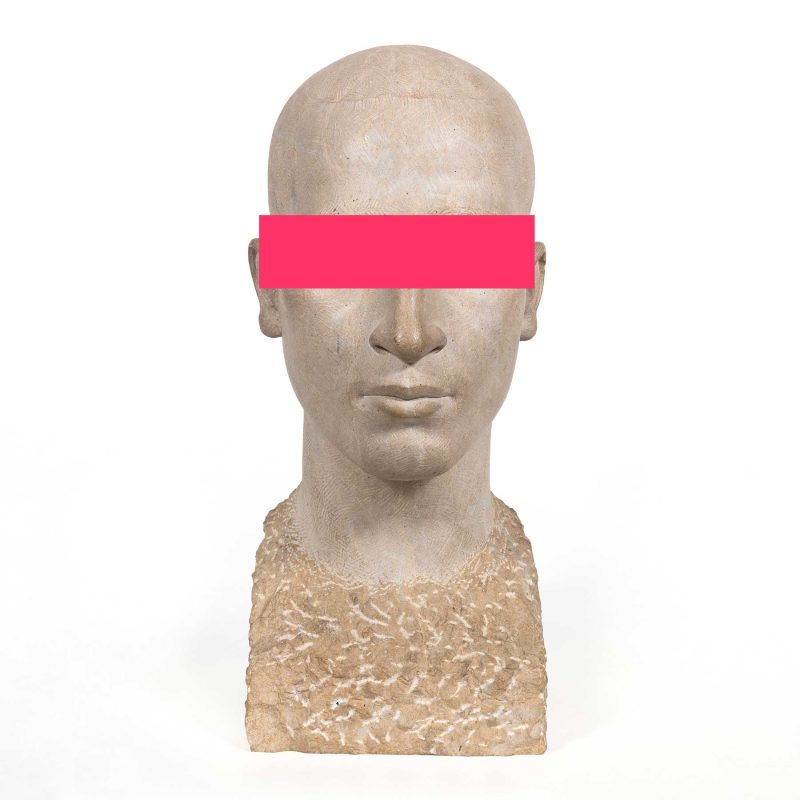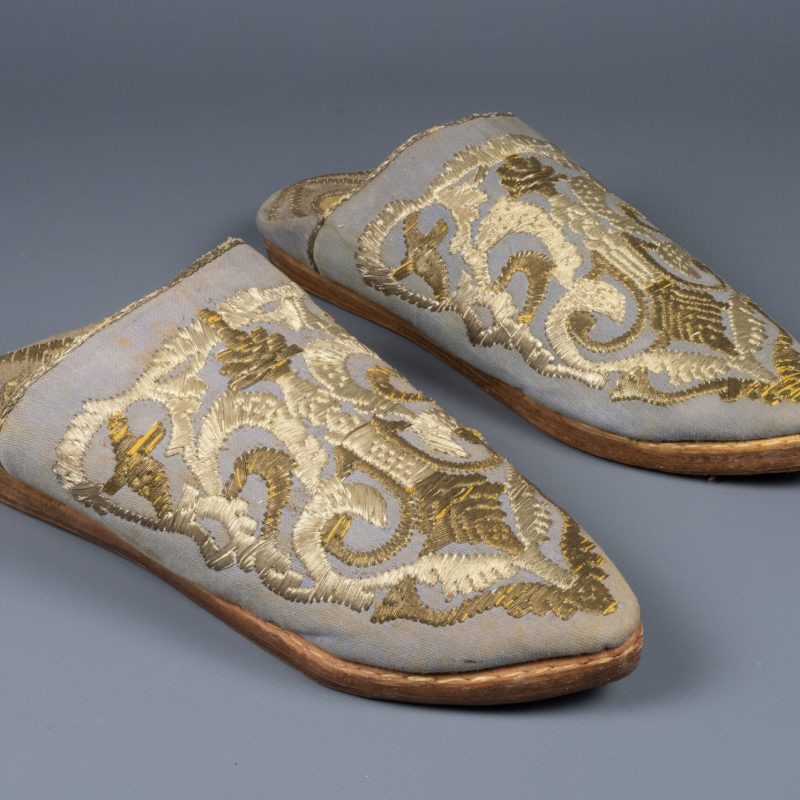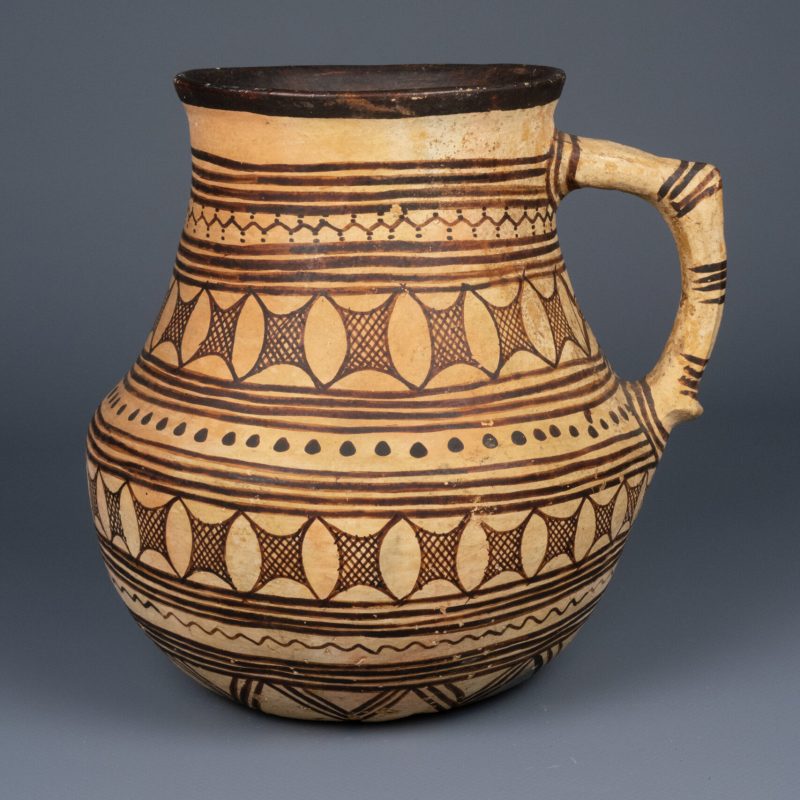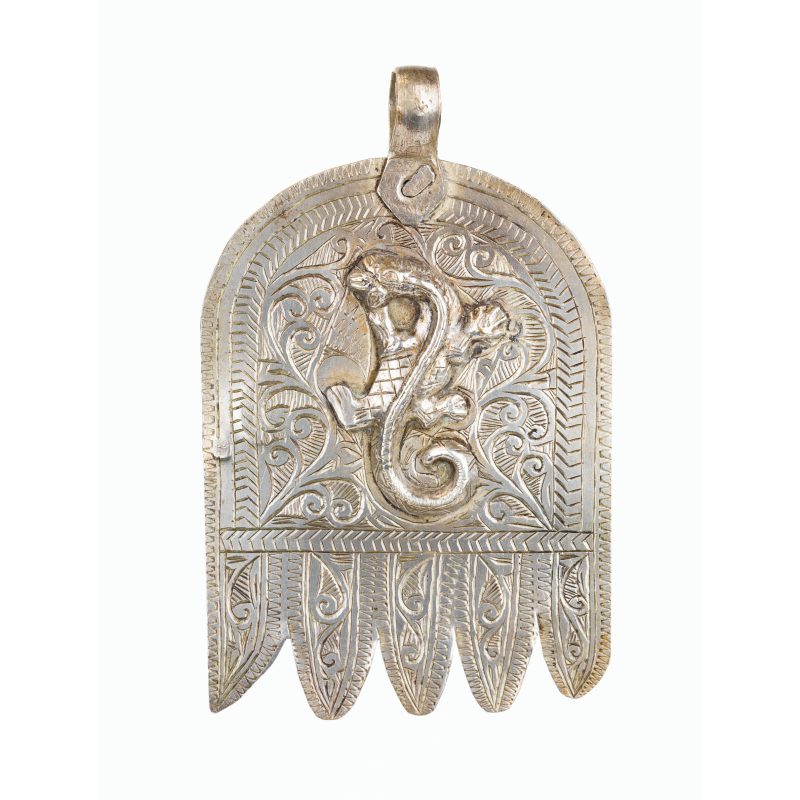Summary of results
Photograph of a young woman in front of the mosaics in the courtyard outside the Archaeological Museum of Tétouan. We believe that this was a sixteen-year-old girl named Hafifa bent Dahaman bien Burrahay [sic], who was photographed by Eudald Serra during the second and third MEC expeditions to the northern part of the Spanish Protectorate in Morocco. The girl was confined in the Muslim women’s reformatory in Tétouan, which explains her accessibility and the ease with which she could be found twenty months later. Cliché no. 2583 corresponds to the photograph taken in April 1954 and no. 2584 to the photograph taken, quite probably, on 21 January 1956.
Chronological reconstruction of provenance
Photograph of a young woman in front of the mosaics in the courtyard outside the Archaeological Museum of Tétouan. It is difficult to determine the date, and even more difficult to identify the person. As we know, the MuEC inventories do not distinguish between photographs from the 1954 expedition and those from the 1955–1956 expedition, and this is a first obstacle. A second stumbling block comes from the fact that—although the photograph was taken by Eudald Serra as part of his search for models for the ‘anthropological sculptures’—we are not certain that it has a direct relationship with any of the busts owned by the MuEC, and therefore the identity data of those models who would have posed for the sculptures, collected by the expedition members, may not be valid.
There is one fact, however, that seems very significant. The same person was photographed, apparently some time later, as can be seen in the next photograph in the collection, no. 2584, with a different dress and pose, but also in front of other mosaics in the Archaeological Museum. Thus, we have evidence that the girl’s physiognomy was of considerable interest to the photographer and sculptor, Eudald Serra, since he took a photograph of the same person twice. On the other hand, we have a reference, taken from Serra’s own travel journals corresponding to the third expedition of 1955–1956, dated 21 May 1956, which mentions a girl whom he had begun modelling the previous year, but who now ‘is older and more of a woman’ (E. Serra, Travel Journals, 1947–1991). The hypothesis, therefore, that the girl in question had been photographed for the first time (piece no. 2583) during the second expedition, in April 1954, and that, twenty months later, Serra had photographed her again, in January 1956 (piece no. 2584), seems to us to be quite plausible. On the other hand, what would justify the girl’s availability would be her confinement in the Muslim women’s reformatory in Tétouan, a building that no longer exists. In this place, girls were confined for behaviour that the colonial administration wanted to ‘straighten out’. As can be seen in photos Nos. 2590, 2593, 2594 and 2597, the visit to the Tétouan reformatory was explicit in both the second and third expeditions and, in fact, Serra himself mentions in his diaries that he had already seen the girl in question the previous year, when he had used her as a model to make ‘a bust’ (E. Serra, Travel Journals, 1947–1991).
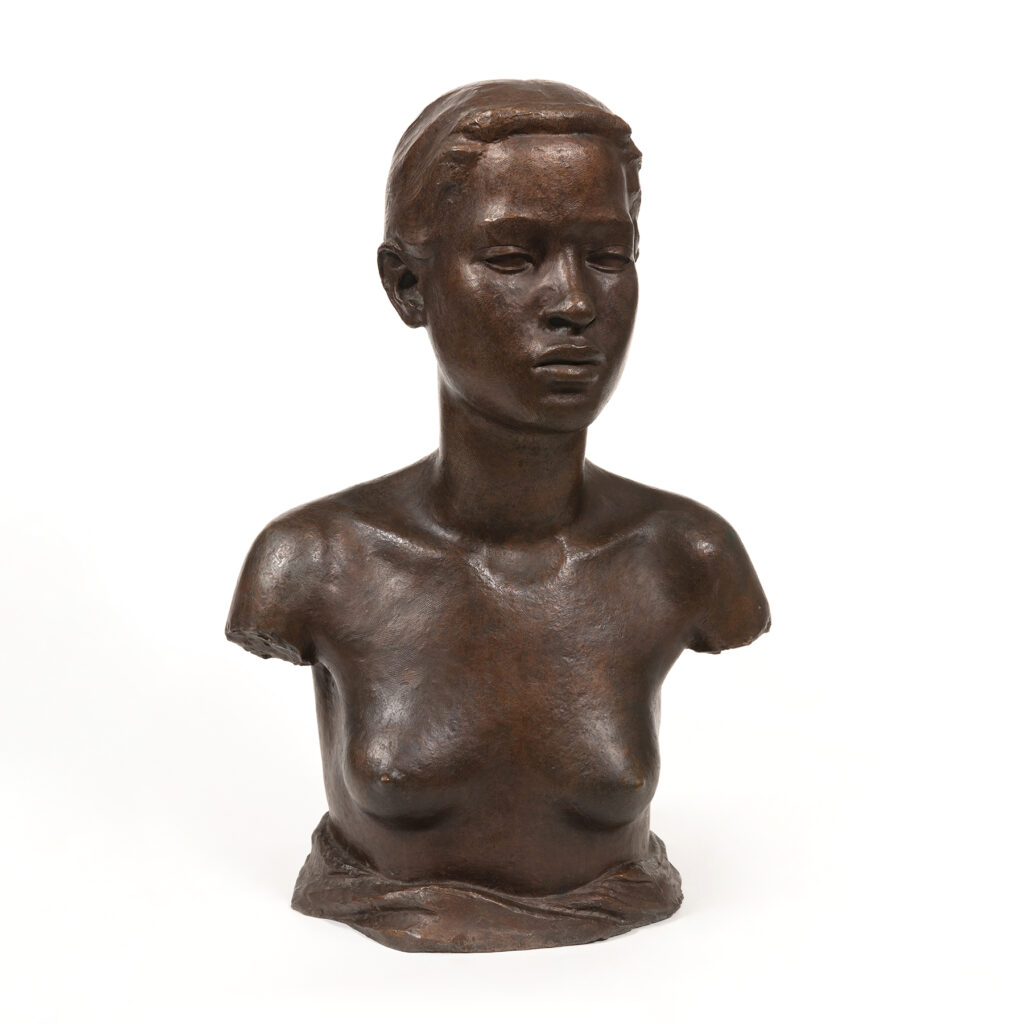
We also know, in this respect, that all this interest on Serra’s part culminated in the execution of a sculpture. If the girl was used as a model for the execution of bust no. 285-1 (see photo)—a fact that might seem plausible on checking the features of the sculpted face—then the identity of the young woman should be determined, bearing in mind her status as a Tetouanese. In the Field Diary for the third expedition (MEB L128 07 02), Panyella mentions the names of the models sculpted by Serra, and makes two references to young girls from Tétouan: Hafifa bent Dahaman ben Burrahay [sic], then aged sixteen, and Sohora ben Laarbi El Liahandi [sic], also aged sixteen. In the case of Hafifa, Panyella himself indicates that she served as a model for the ‘head and bust of a young woman’, which is congruent. Nonetheless, we do not have any further information to clarify which of them it was, assuming that, as we have shown, piece 285-1 (and 285-1 bis) required two different models, one to sculpt the face and the other for the bust itself.
We are not aware that the photograph in question has been used in any of the exhibitions that the MEC/MEB/MuEC has devoted to Morocco over the years. If this hypothesis is true, the photograph would have been added to the MEC collection in May 1954, while the photograph listed as no. 2584 would have been included in the last days of January 1956.
Estimation of provenance
Tétouan (تطوان in Arabic, ⵜⵉⵟⵟⴰⵡⵉⵏ in tarifit, romanized: Tiṭṭawin), Morocco
Possible alternative classifications
The inventory would have to refer to the fact that clichés no. 2583 and 2584 portray the same person at a time interval that may coincide with the second and third expeditions to Morocco, and that we have a possible identity for the young woman photographed: Hafifa bent Dahaman ben Burrahay [sic]. As for the museographic information, mention should be made of the existence of the Muslim women’s reformatory as the place of confinement where, among others, the person portrayed was held.
Complementary sources
Archives:
Arxiu del Museu Etnològic de Barcelona
MEB, L128 06 03
MEB, L128 06 05
MEB, L128 06 07
MEB L128 07 02
MEB, L128 07 04
Fundació Folch de Barcelona
Eudald Serra. Cuadernos de viaje, 1947-1991
Bibliography:
Alloula, M. (1986). The colonial harem. Minneapolis: University of Minnesota Press.
Etxenagusia Atutxa, B. (2018). La prostitución en el Protectorado español en Marruecos (1912-1956) (tesi doctoral). Barcelona: Universitat Pompeu Fabra.
Foliard, D. (2020). Combattre, punir, photographier. París: La Découverte.
Madariaga, R. M. (2019). Marruecos, ese gran desconocido. Madrid: Alianza.
Martín Corrales, E. (2002). La imagen del magrebí en España. Barcelona: Bellaterra.
—(2021). Muslims in Spain, 1492-1814: Living and negotiating in the land of the infidel. Leiden: Brill.
Mateo Dieste, J. L. (2002). La paraetnografía militar colonial: poder y sistemas de clasificación social. Dins A. Ramírez i Bernabé López García (ed.), Antropología y antropólogos en Marruecos (p. 113-133). Barcelona: Bellaterra.
—(2003). La «hermandad» hispano-marroquí. Política y religión bajo el Protectorado español en Marruecos (1912-1956). Barcelona: Fundació la Caixa.
Rivet, D. (2012). Histoire du Maroc. De Moulay Idris à Mohamed VI. París: Fayard.
Zade, M. (2006). Résistance et Armée de Libération au Maroc (1947-1956). Rabat: Haut Commisariat aux Anciens Résistants et Anciens Membres de l’Armée de Libération.

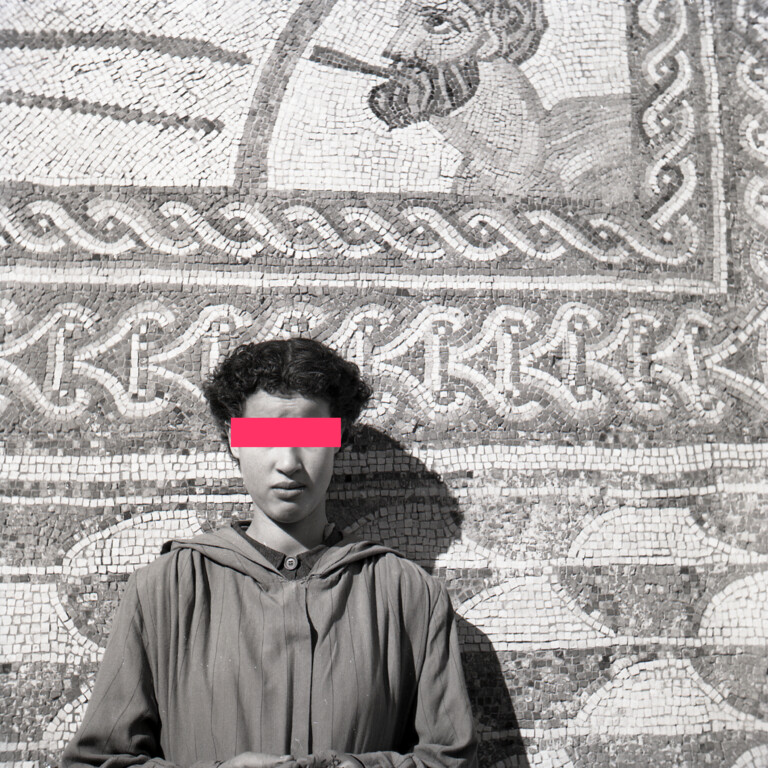
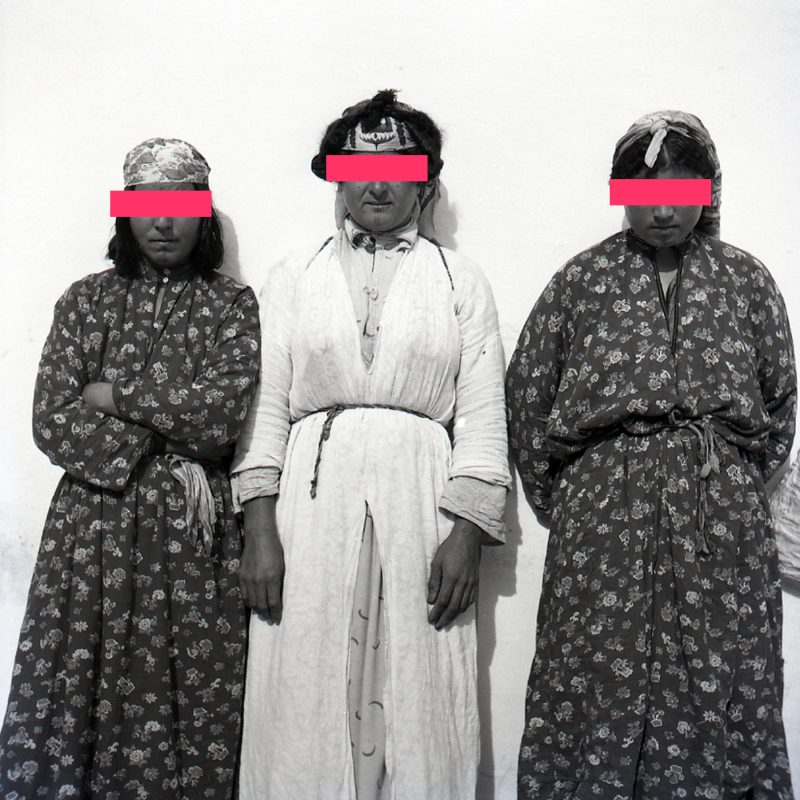
![2768v2 Sr. Serra modelant cap berber al taller del fotògraf [sic]; Xauen](https://trafricants.org/wp-content/uploads/elementor/thumbs/2768v2-1-r1s3naz0e9jpfdk332eci3myow1y18s3l4ttuptphc.jpg)
